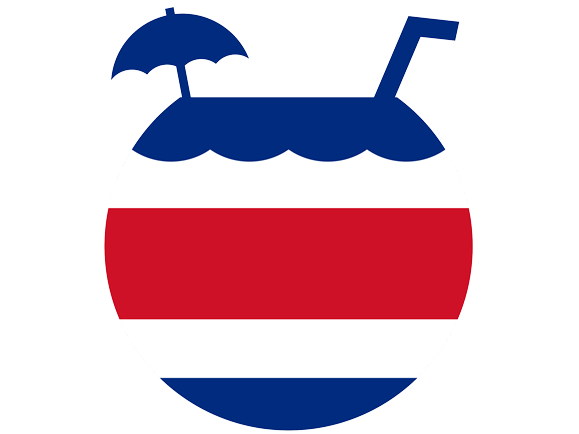Uncategorized
Increasing Grocery Prices in Costa Rica: Fact or Fiction?
- By in Blog
![]() Generally, it seems to me that grocery prices have risen, though the statistics show otherwise. “Cost of food in Costa Rica decreased 0.69 percent in January of 2019 over the same month in the previous year. Food Inflation in Costa Rica averaged 5.91 percent from 2007 until 2019, reaching an all time high of 27.74 percent in September of 2008 and a record low of -2.30 percent in November of 2016.” Source: Trading Economics)
Generally, it seems to me that grocery prices have risen, though the statistics show otherwise. “Cost of food in Costa Rica decreased 0.69 percent in January of 2019 over the same month in the previous year. Food Inflation in Costa Rica averaged 5.91 percent from 2007 until 2019, reaching an all time high of 27.74 percent in September of 2008 and a record low of -2.30 percent in November of 2016.” Source: Trading Economics)
source: tradingeconomics.com
One thing to keep in mind is that, over the years, taxes on “luxury” products have increased — things like olive oil, aged cheeses, and wine. It’s not a coincidence that these products are also imported. We tend to buy groceries locally in our town, with occasional trips to PriceSmart (like Costco) and AutoMercado (an upscale grocery chain with more imported products) for items not available here. I still cook most of our meals from scratch and we eat lots of local fruits and vegetables with few processed foods. Yet our monthly food expenses continue to rise. So, not a scientific, provable fact, just more of an on-the-ground observation.
I recently read a 2013 USDA report about retail foods in Costa Rica and thought that some of the information it contained would be interesting to our readers. Here’s an excerpt. If anyone is interested in reading the whole report, send me an email and I will be happy to forward the pdf to you.
“The Costa Rican retail food market landscape consists principally of five major grocery store chains contributing to over 350 supermarkets, and some 13,000 traditional mom-and- pop/neighborhood stores. In the middle are a few popular, new, and evolving convenience stores and gas marts…Known for its beach and mountain resorts, the country adds more than 2 million tourists and thousands of affluent retirees to its base of retail food consumers every year…The retail sector is one of the most versatile, since much depends on the economic situation of the country. During the recent economic crisis, consumption in independent grocery stores and small suppliers increased because people preferred to buy small quantities, while in times of recovery and economic boom revenues from large chains increase.”
Costa Ricans spend about 30% of their income on food products. The local food industry (comprised of about 20% large companies and 80% small and medium-sized enterprises) has been steadily growing and incorporating technological advances to increase exports and offers a wide variety of products for local consumption: fresh and processed tropical fruits and vegetables, bakery products (bread/cookies), pasta, sauces, snacks, juices, and of course, dairy products, red meat, poultry and fish/seafood
In 2012 total imports of U.S. consumer oriented products reached $183.8 million, a record year. Imports from neighboring countries (Mexico, Guatemala, Panama, and Nicaragua) include a large variety of products such as fresh fruit and vegetables, liquor, cereals and beans. Other major suppliers that seek to increase their exports to Costa Rica include Canada, Chile and, most recently, China.”
